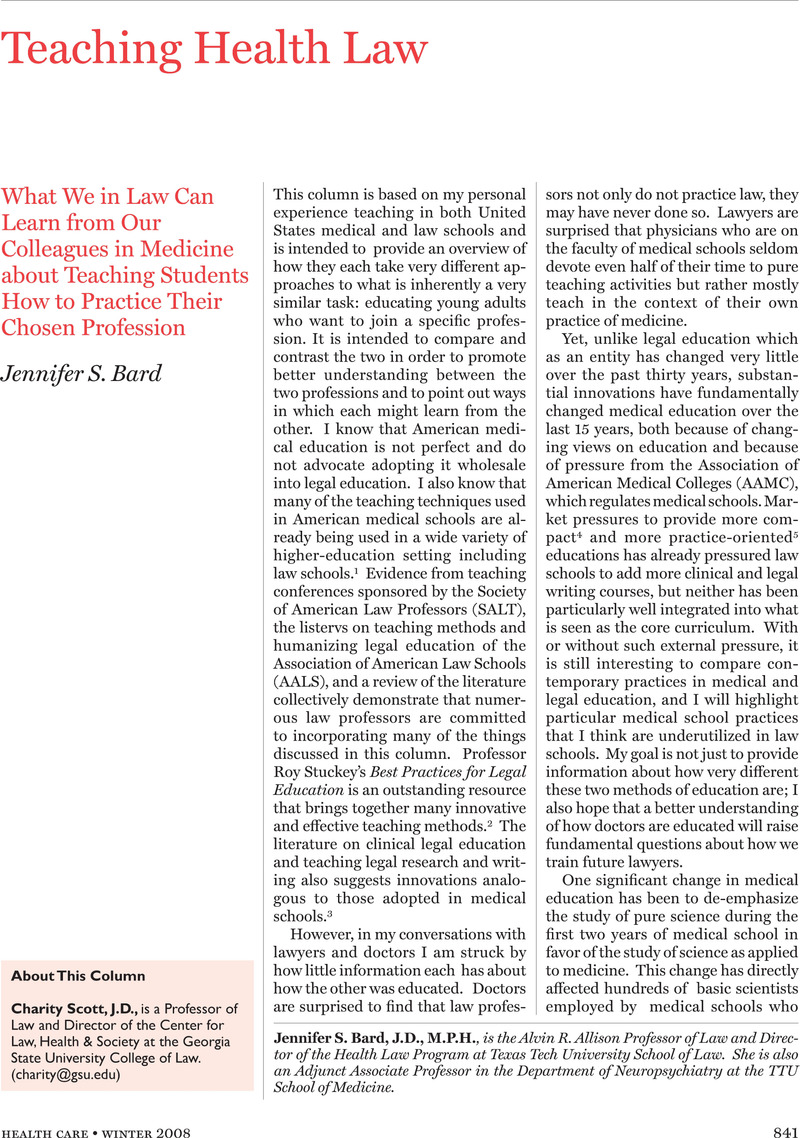Yoffe, E., “Playing Doctor: Oh, No! I'm the First Patient These 23 Medical Students Have Ever Examined,”
Slate, July 4, 2007,
available at <
http://www.slate.com/id/2169480/> (last visited October 10,
2008).
(last visited October 10, 2008).' href=https://scholar.google.com/scholar?q=Yoffe,+E.,+“Playing+Doctor:+Oh,+No!+I'm+the+First+Patient+These+23+Medical+Students+Have+Ever+Examined,”+Slate,+July+4,+2007,+available+at+
+(last+visited+October+10,+2008).>Google Scholar 